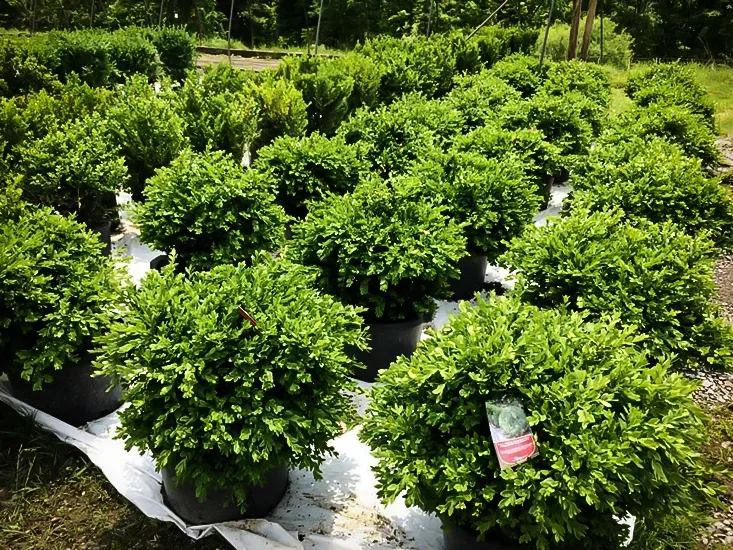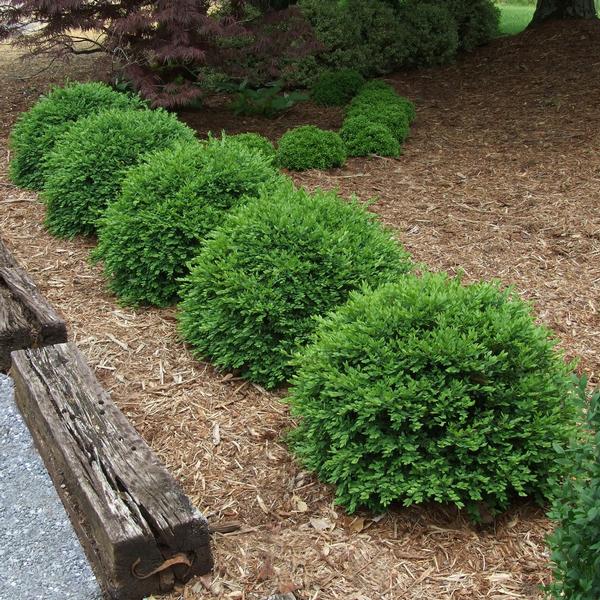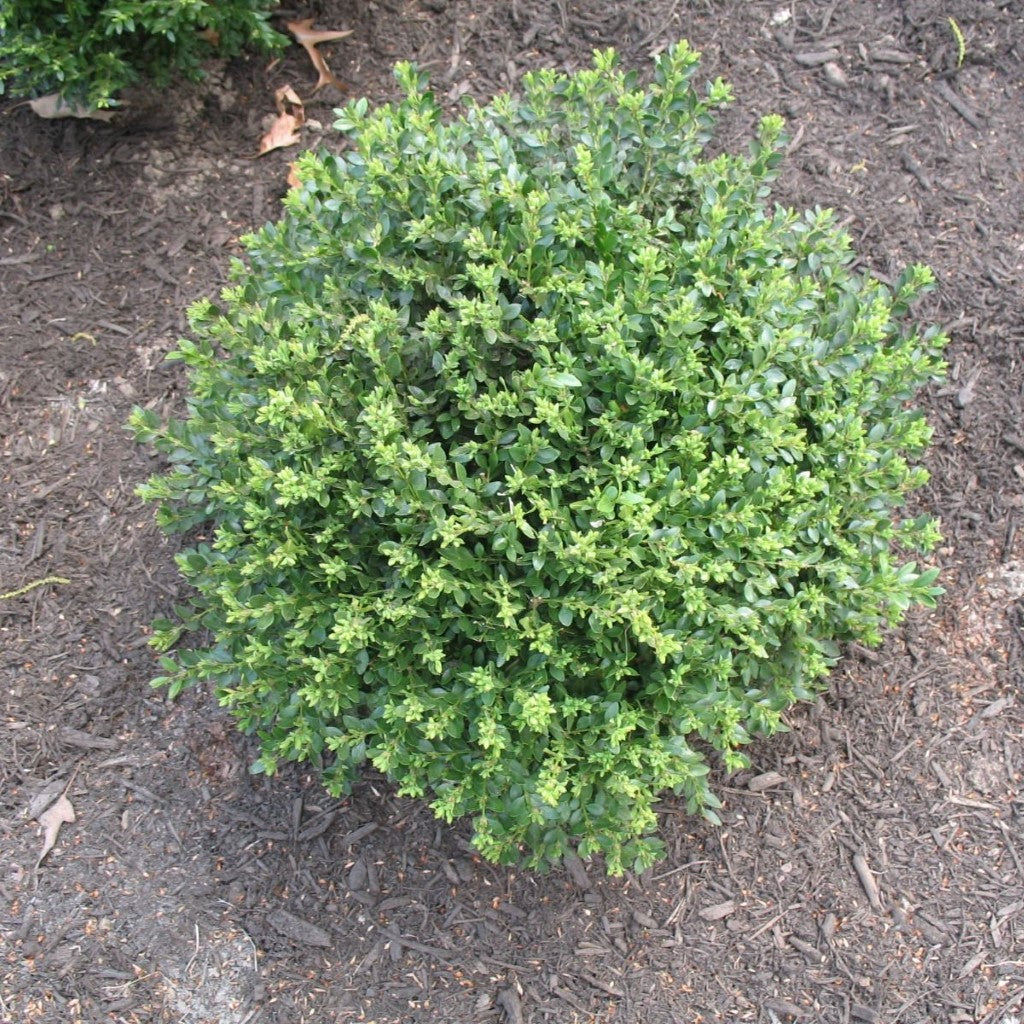How To Keep Your Chicagoland Green Boxwood Lush And Green All Year Long
Boxwoods are a popular landscaping shrub in Chicagoland, and for good reason. They are evergreen, so they provide year-round interest, and they can be easily shaped and trimmed into a variety of forms. However, boxwoods can be susceptible to pests and diseases, and they can also turn yellow if they are not properly cared for.
Here are some tips on how to keep your Chicagoland green boxwood lush and green all year long:
- Water regularly. Boxwoods need regular watering, especially during hot, dry weather. Water deeply, so that the water reaches the roots. In general, you should water your boxwoods about once a week during the summer, and less often during the winter.
- Fertilize in the spring and fall. Use a fertilizer that is specifically designed for boxwoods. Follow the directions on the fertilizer label.
- Prune in the spring. Prune your boxwoods in the spring to remove dead or damaged branches, and to shape the shrub. You can also prune your boxwoods in the fall, but it is important to do so before the first frost.
- Mulch around the base of the shrub. Mulch helps to keep the soil moist and cool, and it also helps to suppress weeds. Apply a 2- to 3-inch layer of mulch around the base of the shrub.
- Inspect your boxwoods regularly for pests and diseases. Boxwoods are susceptible to a variety of pests and diseases, such as scale, spider mites, and powdery mildew. Inspect your boxwoods regularly and treat any problems as soon as possible.
- Protect your boxwoods from the cold. Boxwoods can be damaged by cold weather, especially if they are not properly protected. In the winter, you can protect your boxwoods by wrapping them in burlap or by covering them with a tarp.
By following these tips, you can keep your Chicagoland green boxwood lush and green all year long.
If you are interested in learning more about Chicagoland Green Boxwood, I recommend visiting the Home Gardening. This website has a wealth of information about the plant, including its history, care requirements, and potential uses. You can also find photos and videos of Chicagoland Green Boxwood, as well as reviews from other gardeners.
FAQ of chicagoland green boxwood
- What is Chicagoland green boxwood?
Chicagoland green boxwood is a type of boxwood that is native to the Chicagoland area. It is a slow-growing evergreen shrub that can reach up to 6 feet tall and 4 feet wide. Chicagoland green boxwood has dark green leaves that are oval-shaped and have a glossy finish. It is a popular landscaping plant because it is easy to care for and can be pruned into a variety of shapes.
- What are the ideal growing conditions for Chicagoland green boxwood?
Chicagoland green boxwood prefers full sun to part shade and well-drained soil. It is not tolerant of wet or poorly drained soil. Chicagoland green boxwood is also susceptible to winter damage, so it is important to plant it in a location that will be protected from cold winds.
- How do I care for Chicagoland green boxwood?
Chicagoland green boxwood is a relatively low-maintenance plant. It requires regular watering, especially during hot, dry weather. It is also important to fertilize Chicagoland green boxwood once a year in the spring. To keep Chicagoland green boxwood looking its best, it should be pruned once a year in the spring or fall.
- What are some common pests and diseases that affect Chicagoland green boxwood?
The most common pests that affect Chicagoland green boxwood are scale insects, aphids, and spider mites. These pests can be controlled with insecticidal soap or neem oil. The most common diseases that affect Chicagoland green boxwood are boxwood blight and boxwood psyllid. Boxwood blight is a fungal disease that can cause the leaves of Chicagoland green boxwood to turn brown and die. Boxwood psyllid is an insect that can cause the leaves of Chicagoland green boxwood to curl and become discolored. These diseases can be treated with fungicides or insecticides.
- How do I propagate Chicagoland green boxwood?
Chicagoland green boxwood can be propagated by rooting stem cuttings. To do this, take a 4-6 inch cutting from a healthy plant in the spring or fall. Remove the bottom leaves from the cutting and dip it in rooting hormone. Plant the cutting in a pot of well-draining soil and keep it moist. The cutting should root in 4-6 weeks.
Image of chicagoland green boxwood
- Chicagoland green boxwood hedge. This hedge is well-maintained and trimmed into a uniform shape. The leaves are a dark green color and the branches are dense.

- Chicagoland green boxwood in a pot. This boxwood is planted in a large pot and is placed on a patio. The leaves are a dark green color and the branches are full.

- Chicagoland green boxwood in a flower bed. This boxwood is planted in a flower bed with other flowers and shrubs. The leaves are a dark green color and the branches are full.

- Chicagoland green boxwood in a formal garden. This boxwood is planted in a formal garden and is trimmed into a geometric shape. The leaves are a dark green color and the branches are dense.

- Chicagoland green boxwood as a privacy screen. This boxwood is planted along a fence and forms a privacy screen. The leaves are a dark green color and the branches are dense.

- Chicagoland green boxwood as a foundation planting. This boxwood is planted along the foundation of a house and adds greenery to the facade. The leaves are a dark green color and the branches are full.

- Chicagoland green boxwood as a specimen plant. This boxwood is planted in a prominent location in the garden and is allowed to grow to its natural shape. The leaves are a dark green color and the branches are full.

- Chicagoland green boxwood in a winter landscape. This boxwood is still green in the winter, even though many other plants have lost their leaves. The leaves are a dark green color and the branches are still full.

- Chicagoland green boxwood with butterflies. This boxwood is covered in butterflies. The butterflies are attracted to the nectar of the boxwood flowers.

- Chicagoland green boxwood with birds. This boxwood is home to a variety of birds, including sparrows, finches, and warblers. The birds nest in the boxwood and eat the insects that live on the leaves.

Post a Comment for "How To Keep Your Chicagoland Green Boxwood Lush And Green All Year Long"